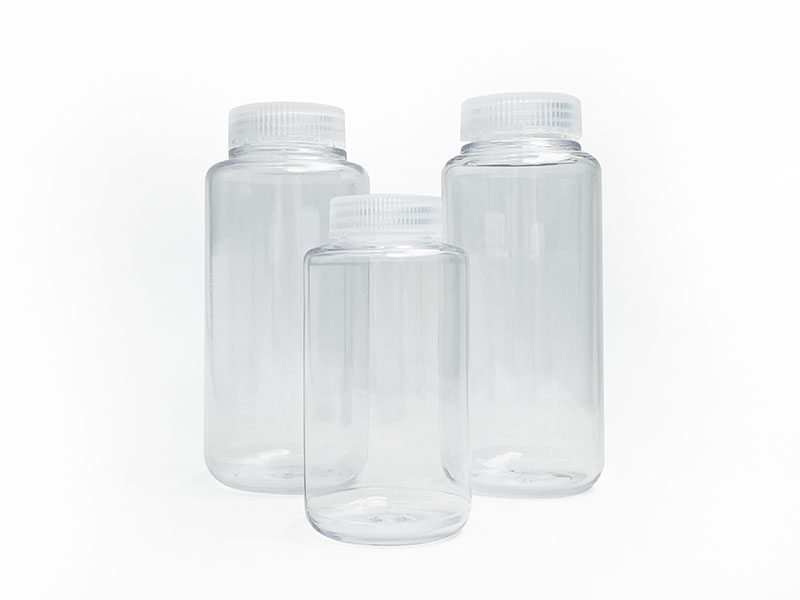What materials are used in the construction of high-speed centrifuge bottles?
High-speed centrifuge bottles are essential tools in modern laboratories, designed to endure the rigorous demands of high-speed centrifugation. The materials used in their construction are carefully selected to ensure durability, safety, and performance. Typically, these bottles are made from a combination of high-quality plastics and polymers, each chosen for their specific properties that make them suitable for high-speed operations.
The most common materials used are polycarbonate (PC), polypropylene (PP), and polymethyl methacrylate (PMMA). Polycarbonate is favored for its excellent impact resistance and transparency, allowing researchers to observe the sample directly through the bottle. It can withstand high g-forces and maintains structural integrity even under intense conditions. However, polycarbonate bottles may not be suitable for all applications, particularly those involving strong acids or bases, as polycarbonate can be sensitive to chemical degradation.
Polypropylene, on the other hand, is known for its chemical resistance and high thermal stability. This material is less prone to stress cracking compared to polycarbonate, making it a reliable choice for a broader range of chemical and biological applications. Polypropylene bottles can typically handle a wide range of pH levels and temperatures, which is advantageous for diverse experimental conditions. Additionally, polypropylene is often used in conjunction with polypropylene caps, which provide a secure seal and are designed to withstand the high-speed forces generated during centrifugation.

Polymethyl methacrylate, while less common, is another material used in some centrifuge bottles. It is valued for its clarity and strength, offering an alternative to polycarbonate for applications where optical clarity is essential. PMMA is less impact-resistant compared to polycarbonate but can still handle moderate g-forces and is useful in specific experimental setups.
In addition to these primary materials, high-speed centrifuge bottles often feature caps and sealing mechanisms made from elastomers or other flexible materials to ensure a leak-proof seal. The design of these caps is crucial for preventing sample leakage during centrifugation, and they are engineered to fit securely onto the bottle, withstanding the high pressures exerted during operation.
Overall, the choice of materials in High-speed centrifuge bottles reflects a balance between mechanical strength, chemical resistance, and clarity. Each material has its advantages and limitations, and the selection depends on the specific requirements of the centrifugation process and the nature of the samples being processed. Understanding these materials helps ensure that laboratory operations run smoothly and that the integrity of samples is maintained throughout the centrifugation process.
For more information, please call us at +86-0571-87993109 or email us at hzbioland@126.com.
Aseptic vacuum filters, like Bioland™ disposable vacuum filtration units, are designed for high-effi...
Whether used in the food hygiene industry, water monitoring, or research labs, selecting the right m...
Narrow-mouth reagent bottles are essential tools in laboratories, offering precise storage solutions...
In laboratory diagnostics, particularly in PCR (Polymerase Chain Reaction) testing, efficiency is pa...
When working with the Bioland™ Cell Shaker, one of the most crucial factors in ensuring successful c...
Polymerase chain reaction (PCR) is one of the most vital techniques in molecular biology, allowing s...

 中文简体
中文简体 English
English Español
Español русский
русский











